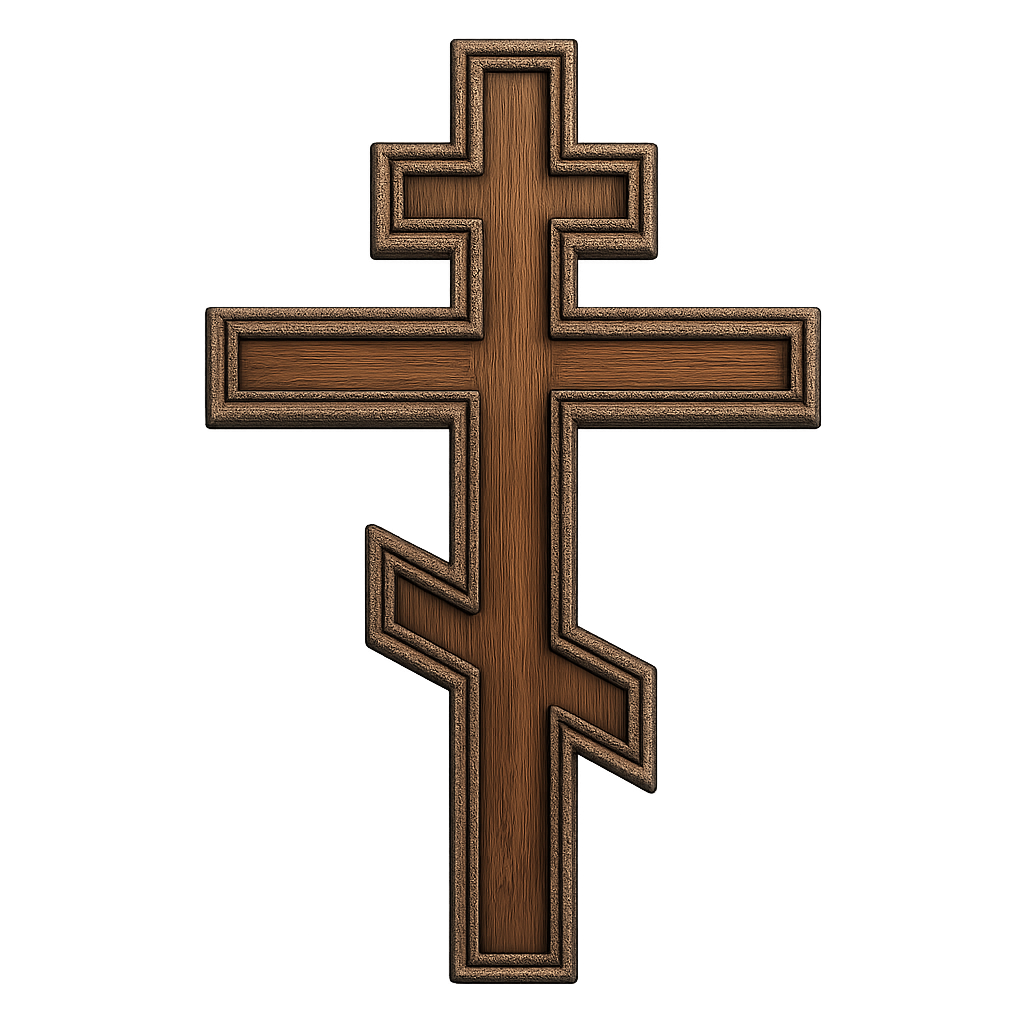Our View of the Peshitta
The Aramaic Peshitta is our official Bible, both Old and New Testaments (including the Deuterocanonical books); the text holds a central and irreplaceable position in faith, worship, and identity. Its importance can be explained across several dimensions. The Peshitta embodies the Word of God in the language closest to Mshikha’s own. It undergirds our liturgy, theology, and spirituality; it preserves a vital connection with the apostolic age; and it stands as a cornerstone of our communal and ecclesial identity. For us, to read and hear the Peshitta is to experience the living continuity of the Church from the days of the Apostles to the present.
The Churches of the Syriac tradition—including the Syriac Orthodox Church, the Church of the East, the Maronite Church, and the Chaldean Catholic Church—regard the Peshitta as our canonical text. It is the version read at the altar during the Divine Liturgy, chanted in the traditional melodies, and proclaimed in the sacred language of the community. In this way, the Peshitta is not only a book but also a living voice within the assembly.
The Peshitta preserves the Scriptures in Classical Syriac, which is a dialect of Aramaic—the very language that was spoken by Mshikha and His Apostles in daily life. This link is deeply theological. The use of Aramaic connects us directly to the language of the Incarnation and the earliest Church, emphasising continuity with the apostolic age. Thus, reading the Peshitta is seen as hearing the Word of God in the tongue closest to that which the Lord Himself spoke.
The Old Testament portion of the Peshitta reflects the Semitic worldview of the ancient Near East. It often follows the Hebrew Masoretic tradition, though in places it preserves readings closer to the Septuagint. This dual connection affirms the breadth of God’s Word—it resonates with the Hebrew people while also being accessible to the wider world through Hellenistic traditions. Moreover, the poetic beauty of Aramaic gives the Psalms, Prophets, and Wisdom texts a uniquely prayerful character that has shaped our hymnody and theology.
The New Testament in the Peshitta has for centuries been regarded as the authentic record of apostolic teaching for the Eastern Church. Early on, it contained a shorter canon (lacking 2 Peter, 2 and 3 John, Jude, and Revelation), reflecting the boundaries of the Syriac tradition. Later, these missing books were incorporated, but the core Gospels, Acts, and Pauline Epistles of the Peshitta remained the standard of orthodoxy. We consider it in many respects an authentic witness to the original apostolic proclamation.
The Peshitta has shaped our patristic tradition. Fathers such as Ephrem the Syrian, Jacob of Serugh, and Narsai all commented on and expounded the Scriptures using the Peshitta text. Our theology, poetry, and mysticism are deeply intertwined with the phrasing, rhythm, and imagery of the Peshitta. When we pray, preach, and write theology, it is the Peshitta’s vocabulary and symbolism that forms our thought.
The Peshitta is more than a text; it is a badge of identity. Through centuries of persecution, exile, and dispersion, it preserved the unity of the Syriac/Aramaic Churches. Even today, whether in the Middle East, India, or the diaspora, the chanting of the Peshitta connects scattered communities to their ancestral faith and heritage.
The Peshitta also demonstrates the diversity of the Church’s Scriptural heritage. Alongside the Greek Septuagint and the Latin Vulgate, the Peshitta shows how Alaha’s Word has taken root in different tongues and cultures, all converging in the one faith of Mshikha. The Scriptures were never bound to a single language but were always intended to be proclaimed to all nations.
— Mar Mattai
